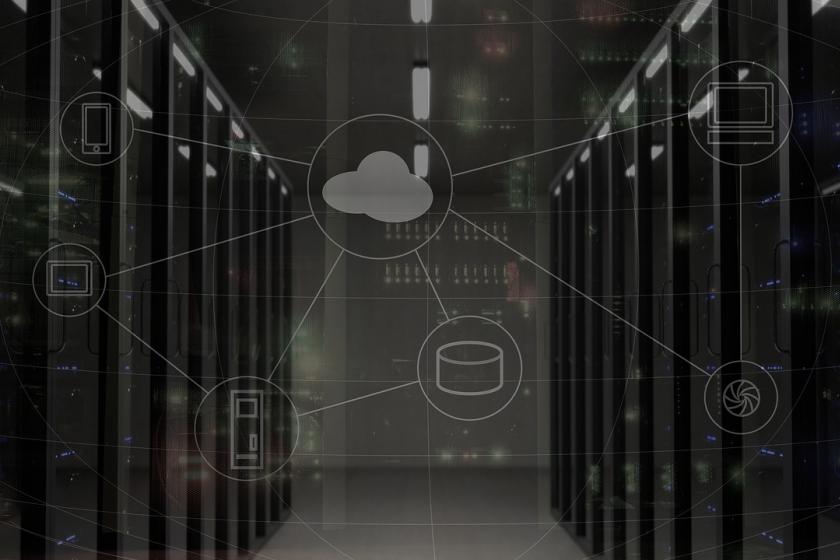Combining Data Center Innovations to Reduce Ecological FootprintsCombining Data Center Innovations to Reduce Ecological Footprints
Bold strategies will be needed to energy-efficiently deliver the compute power, storage capacity, and network connectivity the world demands.
June 7, 2019

The big tech companies are vying for positive coverage of their environmental initiatives. Microsoft just promoted its achievements in renewable energy, which will comprise 60 percent of the company’s electricity usage by the end of the year. Facebook made headlines for a forthcoming 100 percent renewable-powered facility in Los Lunas, New Mexico, while both Apple and Google claim 100 percent carbon neutrality.
These green milestones are important, but renewables represent only one environmental solution for the data center industry. Energy-intensive technologies, such as AI and blockchain, complicate the quest for clean, low-impact electricity generation. Additionally, the sector remains a large consumer of the planet’s other resources, including water and raw materials. Unfortunately, the search for energy efficiency can negatively affect other conservation efforts.
Current State of Play on the Search for Energy Efficiency
A case in point is adiabatic cooling, which evaporates water to ease the burden on HVAC systems. At a time when 2.7 billion people suffer from water scarcity, this approach can lead to intense resource competition, such as in Maharashtra, India, where drinking water had to be imported as thirsty colocation facilities proliferated.
Bolder strategies will be necessary to deliver the compute power, storage capacity, and network connectivity the world demands with fewer inputs of fossil fuels, water, rare earth metals, and other resources. Long range, there is hope for quantum computing, which has the potential to slash energy usage by more than 20 orders of magnitude over conventional technologies. This could cut Google’s annual burn rate, for instance, from gigawatt-hours to the nanowatt-hour range, reducing the need to produce more solar panels, wind turbines, and hydropower stations along the way.
Commercial launches - such as IBM’s Q System One - notwithstanding, the quantum moonshot still lies at least a decade away by most accounts, and the intervening barriers are significant. Quantum calculations remain vulnerable to complex errors, new programming approaches are required, and the nearest-term use cases tend toward high-end modeling, not replacing the standard web server or laptop.
Green Technology Solutions Closer to Earth
Fortunately, there are other technologies nearer at hand and more accessible for the average data center, colocation provider, or even regional office. For example, AI-based technologies are training as zombie killers, using machine learning to improve server allocation and power off the 25% of physical servers and 30% of virtual servers currently running but doing nothing. If underutilized IT assets are repurposed, this can not only help realize energy savings, it can delay new equipment purchases as well.
Then there is liquid cooling, well known from the industry’s mainframe origins. Although many companies won’t be able to redesign facilities a la Facebook’s designs, hardware manufacturers are delivering off-the-shelf liquid-cooled products. Use of rear-door heat exchangers and direct-to-chip cooling can help lower PUE from 1.5 or more down toward 1.1, and immersion cooling can deliver power savings of up to 50 percent. These technologies also enable greater density, which means doing more with less space—a good thing, as land, too, is a natural resource.
Consolidation trends will shift more of the environmental burden to the few outfits with pockets deep enough to do the seemingly impossible: sink data centers in the ocean for natural cooling, launch them into space, and “accelerate” workloads with the earliest, sure to be exorbitantly expensive, quantum computers ready for mission critical applications.
What’s Next for the “Green” Data Center
None of today’s available technologies, from AI-driven DCIM systems to advanced load balancers, is a panacea. With blockchain’s intense processing demands and consumers’ insatiable appetite for technology, among other pressures, the IT industry faces numerous forces working against its efforts to shrink resource consumption and carbon emissions.
While we await a breakthrough with the exponential impact of quantum computing, we will have to combine various solutions to drive incremental progress. In some cases, that will mean a return of cold storage to move rarely accessed information off powered storage arrays in favor of tape backups and similar “old school” methods. In others, it will mean allowing energy efficiency and component recyclability to tip the balance during hardware acquisition decisions. And in still others, newer edge computing applications may integrate small, modular pods that work on solar-wind hybrid energy systems.
Hopefully, the craving these dominant tech players display for positive environmental headlines, paired with a profit motive rewarding tiny efficiency gains achieved at hyperscale, will continue to propel advances in green solutions that can one day be implemented industry-wide.
About the Author
You May Also Like


